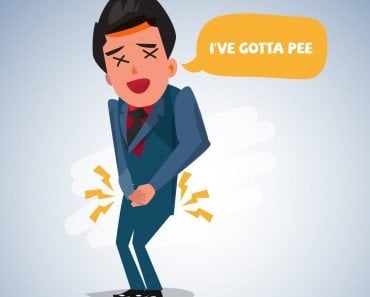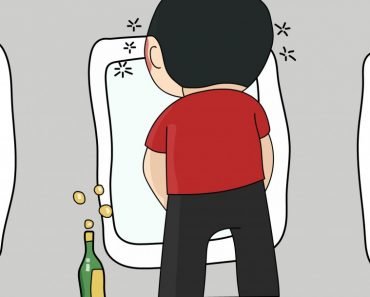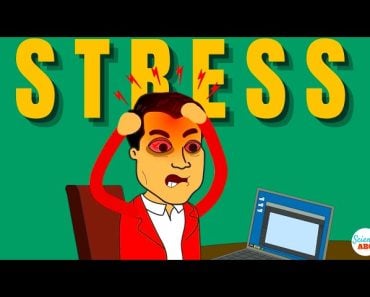In a stable setting, the bladder muscles are relaxed until the bladder is filled. However, even when the bladder is filled, we still get to control when we pee. This system of control is shaken up when we are exposed to stress.
Imagine you have an important exam about to start in five minutes. Ideally, you’d like to look through your notes one last time, or maybe talk to a close friend and wish them luck.
Instead, you find yourself sprinting to the bathroom. You, like millions of other people, find yourself in a peculiar pattern. Whenever you’re nervous or stressed, you run to the bathroom. Why? Because you really, really have to pee!
The urge for sudden, repeated, and excessive urination is called OAB. OAB refers to an overactive bladder. Most of us may think of OAB as an unexplainable weird urge or maybe as a personal quirk we can’t seem to get over. As it turns out, it’s quite a common urge. In fact, in the US alone, up to 33 million adults have been reported to experience OAB. There are many causes that result in OAB. Diabetes mellitus, a range of neurological disorders, multiple sclerosis (MS), and even fluctuating hormone levels have all been recognized as contributors to OAB.
However, an understudied and lesser acknowledged cause of OAB is actually stress, nervousness, and anxiety. Stress and anxiety have always been called silent killers or silent diseases… and for good reason.
Recommended Video for you:
How Harmful Is Stress And Anxiety?
Chronic stress has been linked with increased blood pressure levels, tachycardia or elevated heart rates, and even heart attacks and strokes.
Anxiety, on the other hand, has also been positively linked with heart palpitations, hyperventilation, fatigue, and random unexplainable pain.
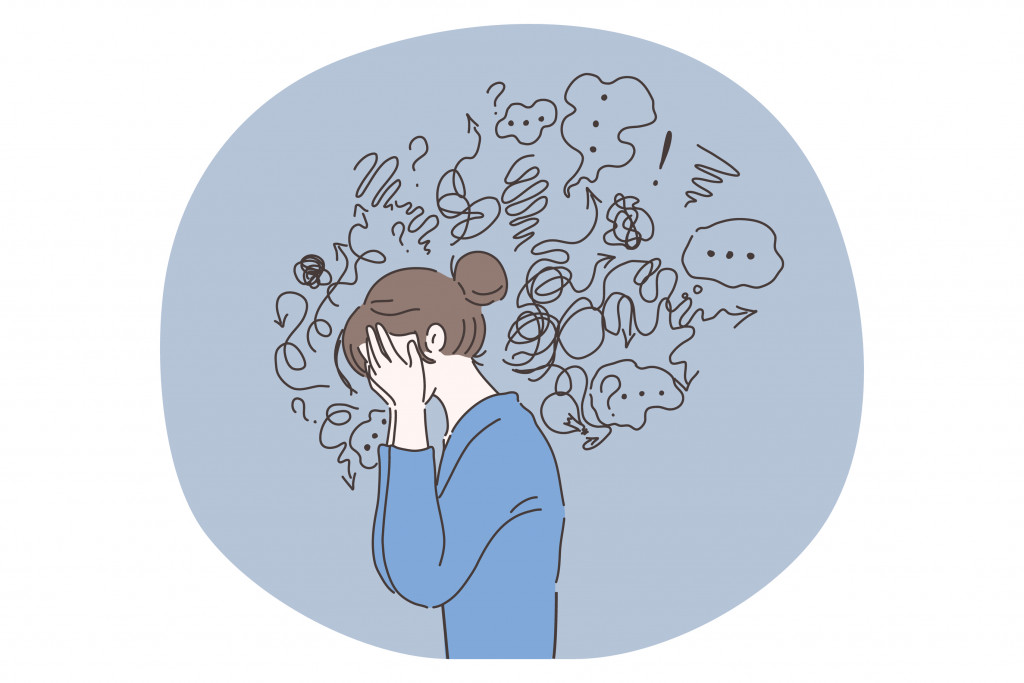
An average of 30% of all people that experience OAB also have been diagnosed with generalized anxiety disorder or GAD. In fact, studies have shown a probable correlation between generalized anxiety disorder and OAB. A study published in 2022 found that 40% of all women and 30% of all men that have generalized anxiety disorder suffer from OAB.
Women, in particular, have been found to suffer from exacerbated symptoms of OAB. The authors write that women suffer greater damage from stress, as they demonstrate greater reactivity when exposed to physiological and psychological stress.
So, What Is The Link Between Stress And Pee?
The link between urination and stress isn’t just a human trait. It’s been observed all across the animal kingdom. In fact, researchers have observed and studied this behavior under both natural conditions and experimental conditions.
In controlled lab settings, researchers used rats to determine a link or correlation between bladder sensitivity and stress. They exposed a group of male rats to chronic stress for extended periods of time. The rats were treated to chronic stress for seven whole days. What did they find?
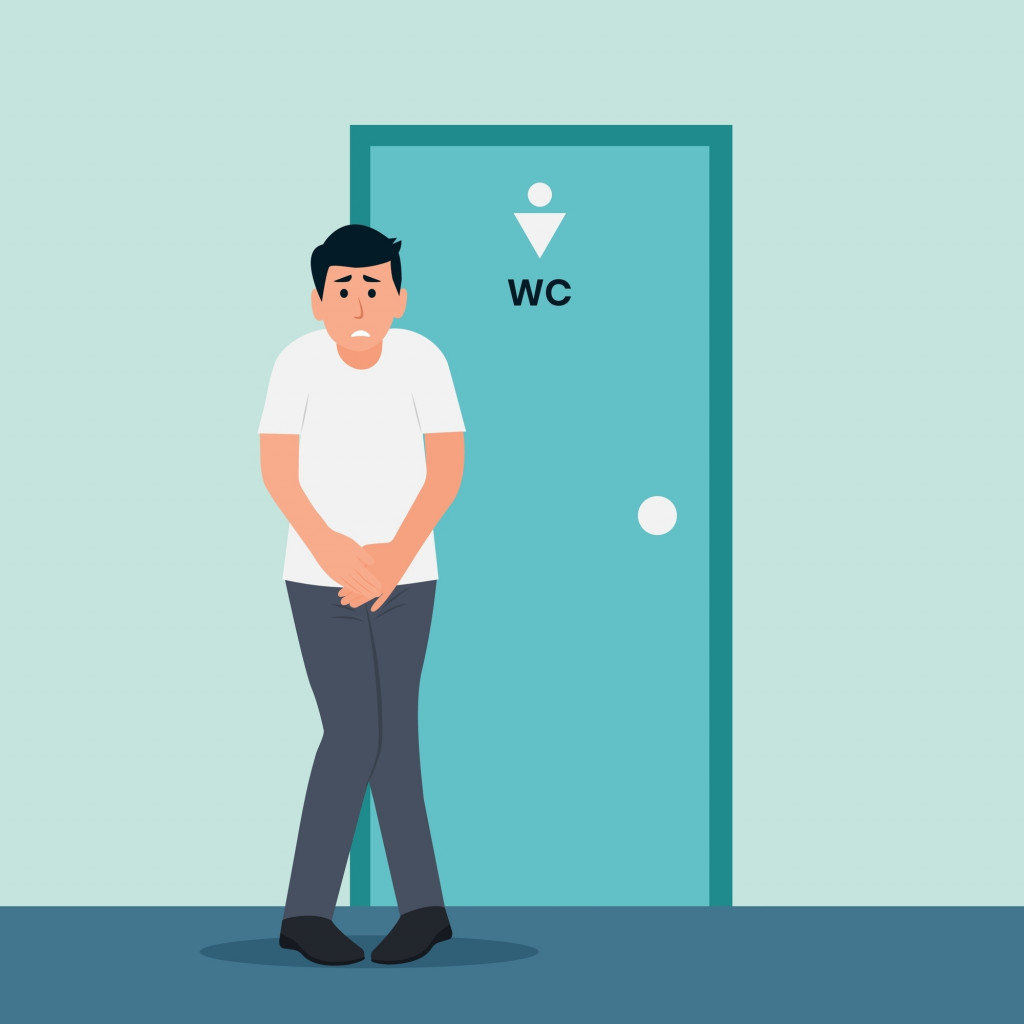
The researchers found that upon constant exposure to chronic stress, rats had both a reduced bladder capacity and an increased voiding capacity. This means that they couldn’t hold their pee and they suffered from an increased need to void their pee.
The same thing is observed in the wild. Think of a deer sprinting away from a tiger at full speed. During the chase, the deer (the prey species) often wet themselves (when exposed to the sudden and unexpected danger of the predator) while running away.
You’d be surprised to know that in the middle or at the start of the chase, prey species often wet themselves when exposed to the sudden and unexpected danger and stress of the situation.
What Purpose Does This Link Serve, If Any?
When exposed to stress, animal bodies react by launching into a flight-or-fight response. The response kicks in with a wide range of sweeping physiological changes: increased perspiration, vasodilation or widening of blood vessels, a drop in blood pressure, and a rapid increase in heart rate.
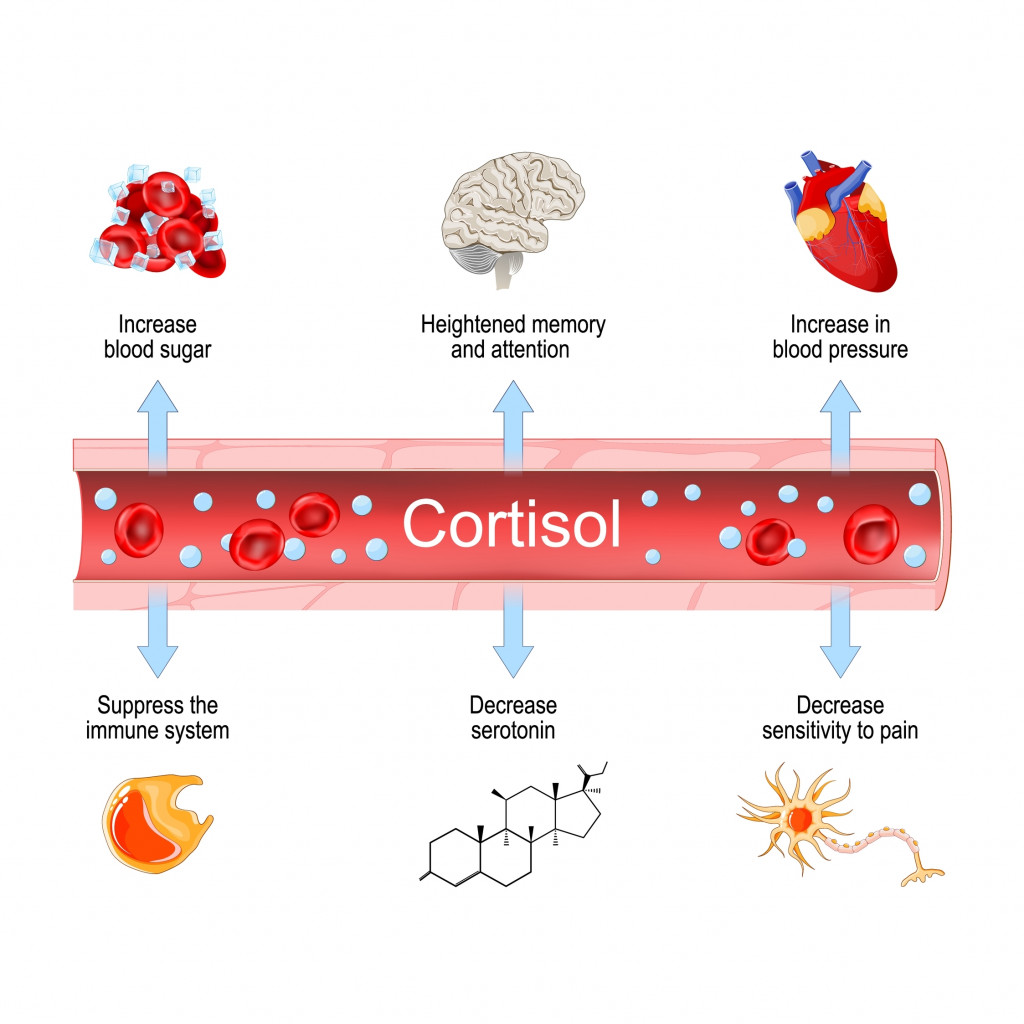
Essentially, the fight-or-flight response concentrates the body’s energies on one task: dealing with a stressor (threat). At the same time, the body actively shuts down any non-essential tasks, such as securely storing urine.
When exposed to a stressor, think about the previous example of a deer being chased down by a tiger. The brain releases a substance known as Corticotropin-releasing hormone/factor or CRH/CRF.
The release of CRF from the hypothalamus is the first step of a stress response that yields the eventual synthesis and release of glucocorticoids, such as cortisol.
How Does CRF Contribute To OAB In Response To Stress?
In a stable setting, the bladder muscles are relaxed until the bladder is filled. However, even when the bladder is filled, we still get to control when we pee.
This system of control is shaken up when we are exposed to stress. The bladder has specific M2 receptors for CRF. The release of CRF, which occurs when we are exposed to stress, disrupts the usual hormonal control of the bladder under normal conditions.
Once the bladder detects the release of CRF from the hypothalamus, it responds by contracting. This contraction of the bladder muscles results in the strong (or even overwhelming) urge to pee.
Conclusion
The fight-or-flight response is activated when an animal’s body is exposed to internal or external stress or trauma. This response prepares us and focuses our capacities on the problem or threat at hand, but can also have some unintended consequences. The urge to pee (or micturate, as scholars say) is one of them. This urge is further heightened in people who are prone or sensitive to increased stress reactivity, or who are known to suffer from OAB.
References (click to expand)
- Fight-or-flight response | Definition, Hormones, & Facts. britannica.com
- Stress effects on the body - American Psychological Association. The American Psychological Association
- Overactive bladder - Symptoms and causes - Mayo Clinic. The Mayo Clinic
- Seki, M., Zha, X.-M., Inamura, S., Taga, M., Matsuta, Y., Aoki, Y., … Yokoyama, O. (2019, July 8). Role of corticotropin-releasing factor on bladder function in rats with psychological stress. Scientific Reports. Springer Science and Business Media LLC.
- Backström, T., & Winberg, S. (2013). Central corticotropin releasing factor and social stress. Frontiers in Neuroscience. Frontiers Media SA.

